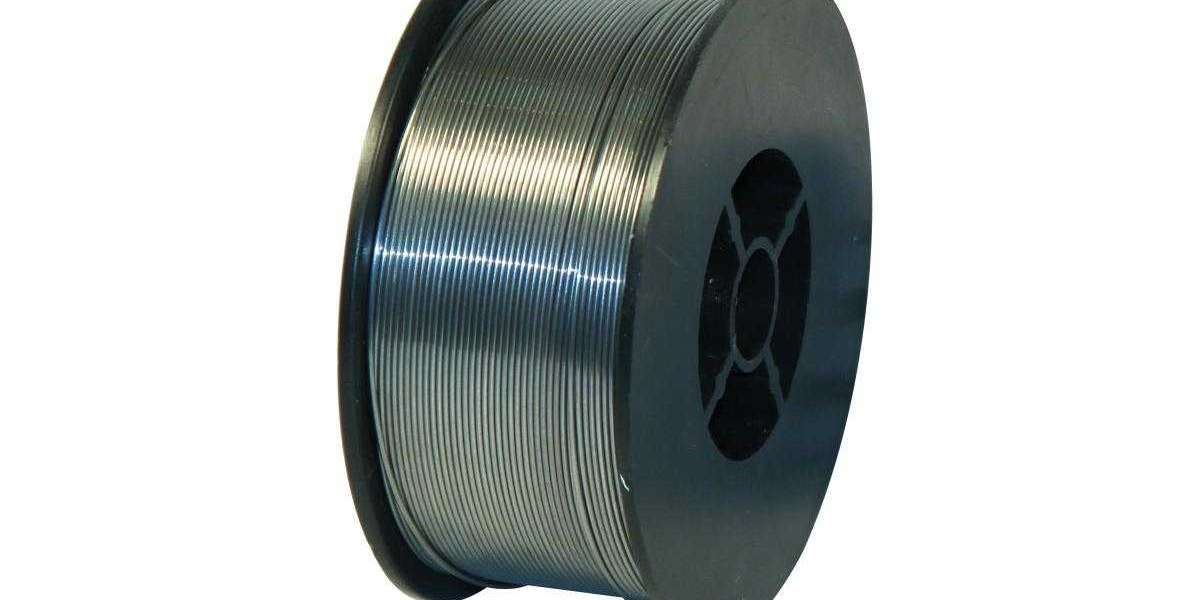Phantom limb pain (PLP) is a complex and challenging condition experienced by many individuals who have undergone limb amputations. Despite the physical removal of a limb, the pain persists, often as a burning, aching, or sharp sensation in the area where the limb once was. This phenomenon has puzzled and intrigued researchers, clinicians, and patients alike. Understanding and managing phantom limb pain requires a multifaceted approach that encompasses both physical and psychological strategies. This article aims to provide a comprehensive overview of pain management techniques and their underlying mechanisms.
What is Phantom Limb Pain?
Phantom limb pain is a type of neuropathic Pain Management that occurs when an individual experiences pain in a limb that has been amputated. Despite the absence of the physical limb, the sensory pathways in the brain and spinal cord continue to perceive pain. This pain can be quite debilitating and may significantly impact the quality of life for those affected. The exact mechanisms behind phantom limb pain are not fully understood, but it is believed to involve both peripheral and central nervous system changes.
Causes and Mechanisms
The causes of phantom limb pain are multifactorial. On a neurological level, the condition is thought to arise from a combination of factors including changes in the brain’s sensory cortex and residual nerve endings at the site of amputation. When a limb is amputated, the sensory map in the brain that corresponds to the missing limb may still be active, leading to the sensation of pain in an area that no longer exists. Additionally, peripheral factors such as nerve damage or irritation in the residual limb can contribute to the pain. The "neural plasticity" theory suggests that the brain's representation of the body is flexible and can reorganize itself after limb loss, which might lead to abnormal pain signals.
Traditional Pain Management Strategies
Medication
Medications are often the first line of defense against phantom limb pain. These may include:
Opioids:
Powerful pain relievers that can be effective but have a risk of dependence and side effects.
Antidepressants:
Certain types, like tricyclic antidepressants and selective serotonin reuptake inhibitors, can help manage neuropathic pain.
Anticonvulsants:
Drugs such as gabapentin and pregabalin are commonly used to treat nerve pain and may be effective in reducing phantom limb pain.
Physical Therapy
Physical therapy aims to address the pain by improving overall function and mobility. Techniques such as desensitization therapy, which involves exposing the residual limb to various textures and sensations, can help reduce hypersensitivity. Mirror therapy, where a mirror is used to create the illusion of the missing limb and perform movements, can also be effective in retraining the brain’s sensory pathways and alleviating pain.
Prosthetics
The use of prosthetic limbs can sometimes help reduce phantom limb pain. A well-fitted prosthesis not only provides physical support but can also help in re-establishing a sense of normalcy and reducing pain associated with the residual limb.
Advanced and Complementary Techniques
Mirror therapy is a popular technique that involves using a mirror to reflect the intact limb, creating the illusion that the amputated limb is still present. This visual feedback can help retrain the brain’s sensory and motor pathways, reducing the pain and discomfort associated with the phantom limb. Studies have shown that mirror therapy can be effective in decreasing phantom limb pain for many patients.
Virtual Reality (VR) Therapy
Virtual reality therapy is an emerging technique that provides an immersive environment for patients to interact with simulated limbs. VR can be tailored to provide specific visual and sensory feedback that helps in pain management. This method shows promise in offering a novel approach to addressing phantom limb pain.
Cognitive Behavioral Therapy (CBT)
Cognitive Behavioral Therapy is a psychological approach that helps individuals manage pain by changing their thought patterns and behaviors. CBT can help patients cope with the emotional and psychological aspects of phantom limb pain, such as anxiety and depression, which often accompany chronic pain conditions.
Acupuncture
Acupuncture, a traditional Chinese medicine technique, involves inserting thin needles into specific points on the body. It is believed to help balance the body's energy flow and may offer relief for phantom limb pain. While more research is needed to fully understand its efficacy, some patients have reported positive outcomes.
Biofeedback
Biofeedback is a technique that teaches patients to control physiological processes such as muscle tension and heart rate. By using sensors to provide real-time feedback, patients can learn to regulate their body’s responses to pain. This method can be particularly useful in managing chronic pain conditions like phantom limb pain.
The Role of Multidisciplinary Care
Managing phantom limb pain often requires a multidisciplinary approach. A team of healthcare providers including pain specialists, neurologists, psychologists, physical therapists, and prosthetists can offer a range of treatments and support tailored to the individual’s needs. Collaboration among these professionals ensures a comprehensive approach to managing both the physical and psychological aspects of phantom limb pain.
Future Directions and Research
Ongoing research into phantom limb pain management is focused on understanding its underlying mechanisms and developing more effective treatments. Innovations such as brain-computer interfaces, neuroprosthetics, and advanced imaging techniques are paving the way for new approaches to pain management. As our understanding of the condition evolves, so too will the strategies to alleviate it.
In Summary
Phantom limb pain remains a complex and challenging condition, but advancements in both traditional and complementary pain management strategies offer hope for those affected. From medications and physical therapy to innovative techniques like mirror therapy and VR, a multifaceted approach can provide significant relief. As research continues to uncover the mechanisms behind this phenomenon, the future holds promise for even more effective treatments. By combining medical, physical, and psychological strategies, patients can work towards a better quality of life despite the ongoing challenge of phantom limb pain.







